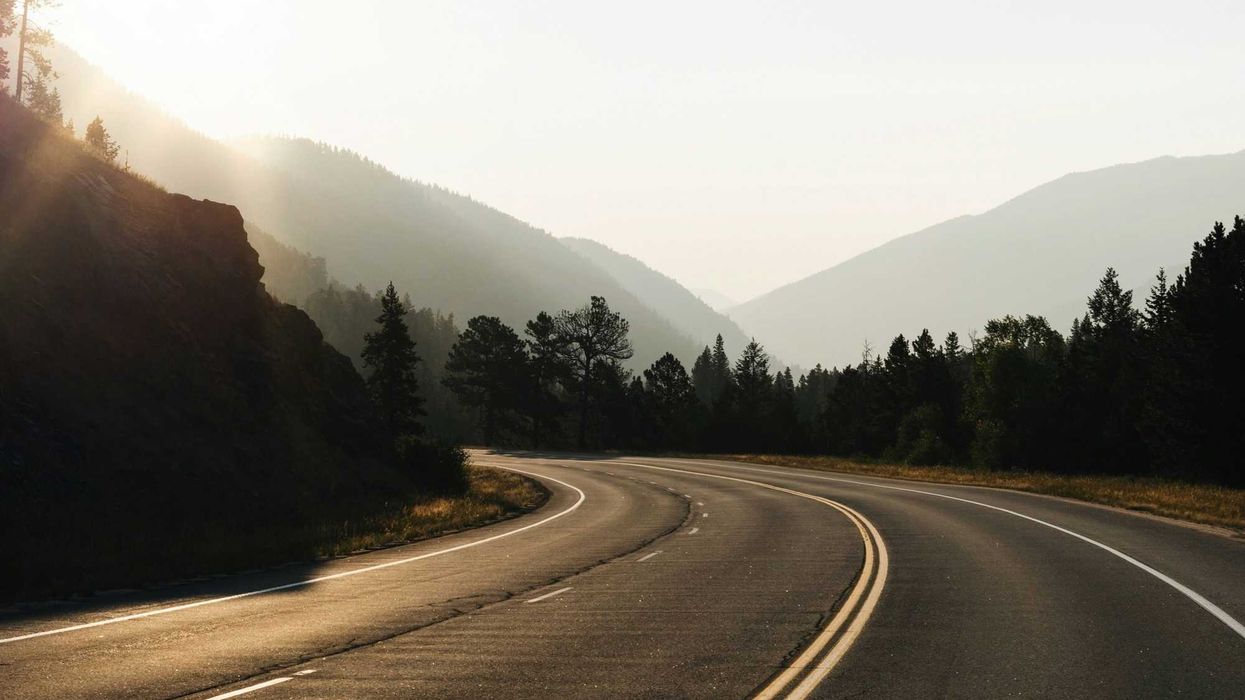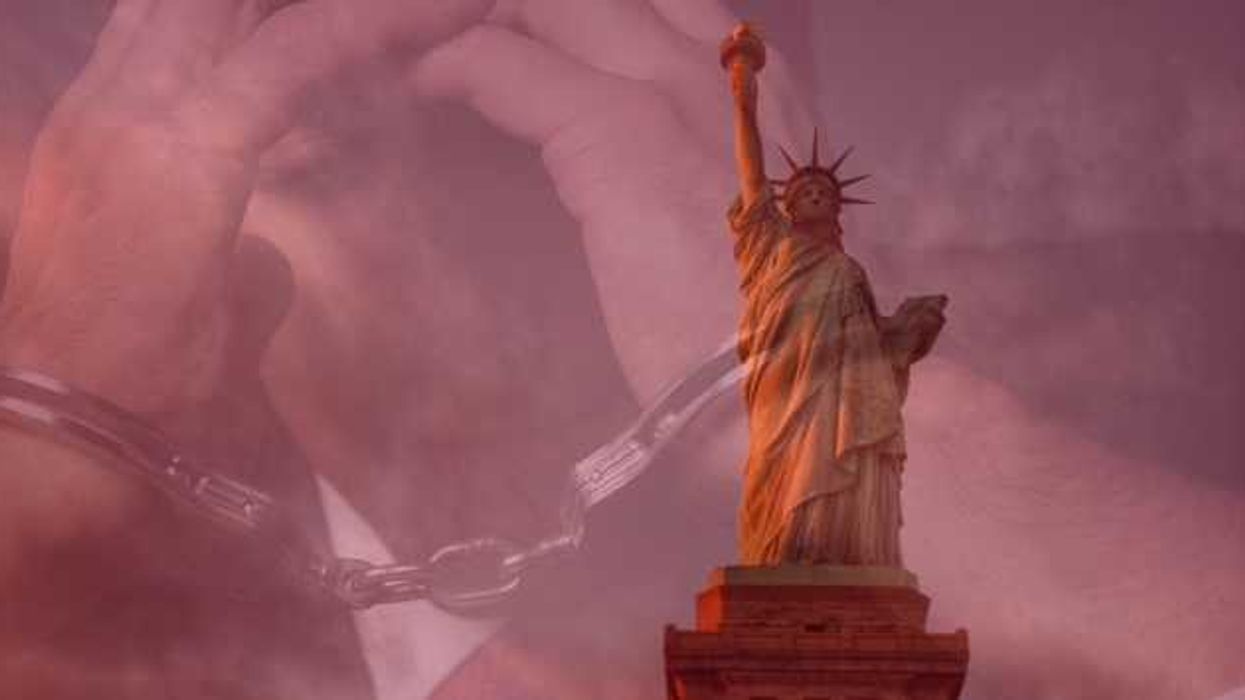While midterm primaries draw lower participation rates than other elections, states have demonstrated a wide range in turnout numbers in 2022. And nearly every state that predominantly relies on voting by mail has outperformed the national midpoint this year.
According to data reported by state governments and analyzed by the National Vote at Home Institute, the medium turnout rate in primaries, as of June 30, is 23.5 percent. Every state that is either all vote-by-mail or reported that at least 75 percent of ballots were returned by mail exceeded the median with one exception.
Montana, where county officials are allowed (but not required) by the state to mail ballots to voters, has the highest primary turnout so far this cycle, at 39 percent. According to NVAHI’s analysis, 89 percent of votes were cast using mailed ballots; 55 percent of people receiving ballots by mail returned them while only 12 percent of people required to use a polling location voted.
Oregon, California, Colorado, the District of Columbia and Nevada are all vote-by-mail states, and all rank among the top 12 in turnout this year. Alaska, which used all-mail voting for a special congressional primary in which all candidates appeared on one ballot, was also in the top dozen.
“The power of vote-at-home elections is clear. Not only does it remove unnecessary barriers to voting, it's proven to boost turnout,” NVAHI Executive Director Lori Augino said in an email announcing the data. “Even in the primary elections that have taken place so far this year, states with strong vote-at-home models are averaging about 10% higher in turnout than states that do not automatically mail ballots to their voters or require an excuse to vote absentee.
Heavily Republican Utah, a vote-by-mail state, reported just 21 percent participation but many GOP nominees were selected earlier at party conventions. And there were no Democratic primaries for federal offices and just a handful at the state level.
Other highlights from the data:
- Oregon, despite conducting a closed primary, had the second highest turnout (37 percent), with more than half of both Democrats and Republicans participating.
- Nebraska (third at 34 percent) has 11 counties that are purely vote-at-home jurisdictions. Those counties averaged 55 percent turnout.
- North Dakota’s 42 counties that conduct elections by mail averaged a 6 percent bump compared to the 11 counties that require people to vote in person.
According to NVAHI, the seven vote-by-mail states plus Montana averaged 31 percent turnout in the primaries. The 13 states that allow anyone to vote by absentee ballot without providing an excuse averaged 23 percent, while the nine states that require an excuse to use an absentee ballot averaged just 18 percent and had six of the seven lowest turnout rates.
Three vote-by-mail states have yet to hold their midterm primaries: Hawaii (Aug. 13), Vermont (Aug. 9) and Washington (Aug. 2)
NVAHI collected data from state websites following the primaries. The results from June may be adjusted when the data is finalized.



















